Editor's Note: Today we have a post from guest author Paul Teitelman. Paul is an SEO and link building expert from Toronto.
Paul will be discussing one of the "lost arts" of SEO - image optimization. Images are often overlooked or forgotten when important SEO tasks are being executed, but image optimization remains as important as ever and can often be the difference in today's highly competitive search results. Read on to learn Paul's tips for effective image optimization.
We all know the importance and value of a successful digital marketing campaign, and many marketers will agree that SEO has a crucial role to play. Besides building links, there are many things you can do to help make your campaign a success; without blowing your budget wide open.
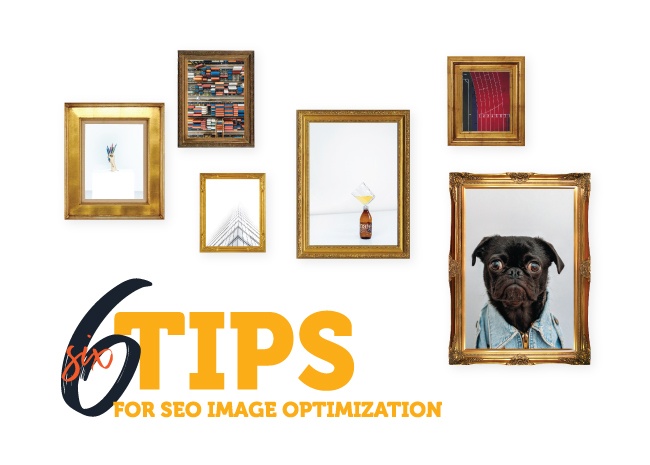
One of the most important steps to take under the SEO umbrella is image optimization. A comprehensive SEO campaign includes a strategic plan for curating images that resonate with your audience while remaining relevant to your content. Google itself acknowledges the importance of imagery and shares some helpful tips on image optimization on their guidelines for image publishing.
Need an easy way to make sure your images are optimized? Download our FREE image optimization checklist!
To help you ensure you're optimizing your images properly, here are six basic tips to get you off to a great start.
1. Use unique images that are page-relevant
Users are far more likely to react to an image before they begin reading your post.
It’s human nature to focus our attention on images. An appealing image that connects with your topic in a novel way can inspire users to share your content, and will certainly leave an impression.
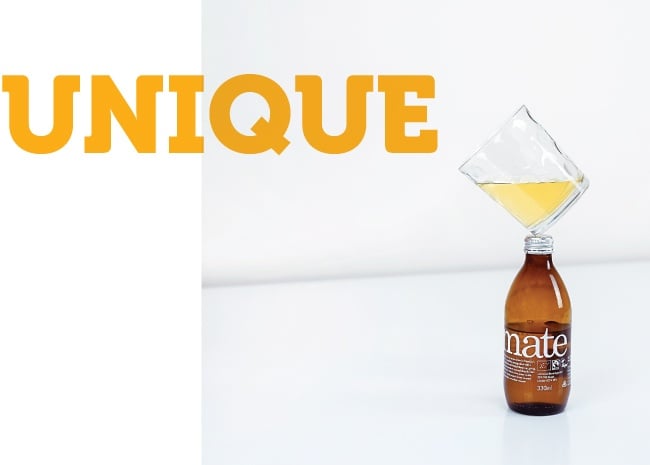
Take the time to source out images that illustrate the subject of your article with humor, drama, or romance to appeal to your audience on an emotional level, and you’ll engage them more than a glossy commercial shot of your new product. Better yet? If you’re able to add your own, original image, that’s even better for SEO purposes.
This is especially true if your subject matter talks about a service or product that you offer- don’t use the same old royalty free image that people have seen a thousand times. Take the time to snap a photo yourself, that is specific to your company, and use that instead.
“If you use an image just to use an image and get a green bullet in our SEO plugin, you are doing it wrong. The image should reflect the topic of the post, or have illustrative purposes within the article, of course” - Yoast
For additional tips on using the best photos and photography possible for your marketing, explore this article from Shopify.
2. Use the highest quality format possible
Search engines prefer high resolution images and high-quality content.
Web pages with images that are poor in resolution or formatted incorrectly can appear distorted on a tablet or mobile screen. Don’t sell your content short by utilizing low-quality images.
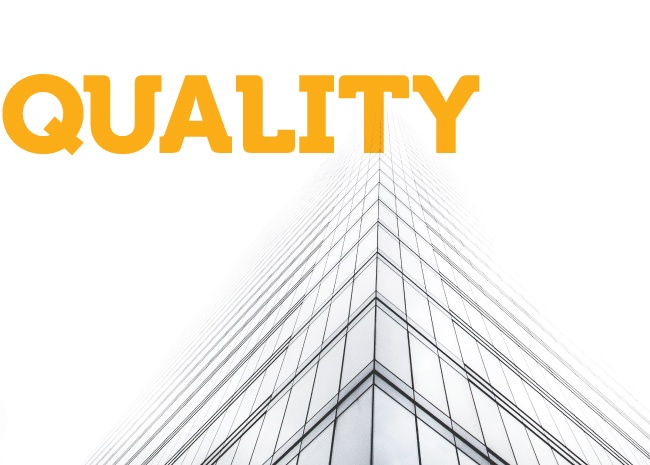
Here are some tips to remember when choosing file formats:
- For most ecommerce situations JPEGs will be your best bet. They provide the best quality and the smallest file size.
- Never use GIFs for large product images. The file size will be very large and there is no good way to reduce it. Use GIFs for thumbnails and decorative images.
- PNGs can be a good alternative to both JPEGs and GIFS. If you are only able to get product photos in PNG format, try using PNG-8 over PNG-24. PNGs excel at simple decorative images because of their extremely small file size.
3. Reduce the size of your image file
Google is pretty big on mobile, going as far as to create a mobile-first index.
This means you need to account for mobile with your images. By scaling down large image files, you can increase page speed, which is crucial for mobile viewing.
Pages that take long to spool often suffer a high bounce rate due to the swift departure of eager visitors seeking an immediate solution. Use a smaller, high resolution image of your product and offer visitors the option to view an enlarged image.
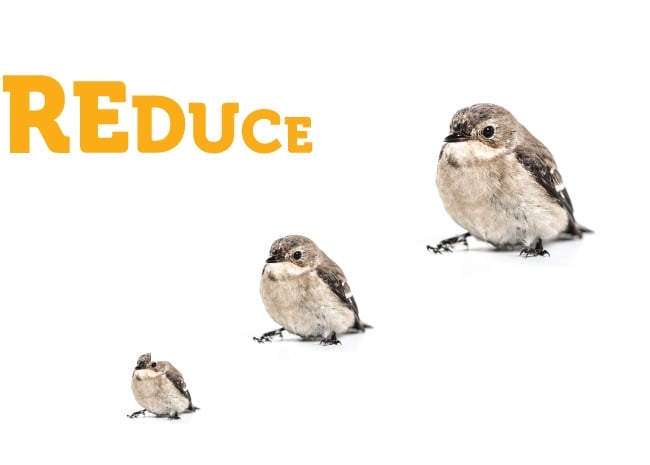
There are many great tools for optimizing images, including:
Regardless of what tool you use, it's important to optimize your images as this will benefit both user experience and technical SEO on your site.
4. Organize multiple images for optimum viewing
How you organize your images is just as important as which images you choose.
Organize your images in a way that makes sense in the context of the user's journey. For example, if you are showcasing an apartment for rent using a series of images, index them in the logical order by which a prospect would travel through the home.

Also, you need to make sure there aren't any gaps in your imagery. For example, providing viewers with interesting angles of your car for sale but neglecting the important details such as the interior, engine, lights, etc. will drive traffic away from your site. Images can communicate in ways text cannot, and you want your visitors to have a complete picture.
However, a word of caution: it’s important to always test the effectiveness of the number of images you’re using per page. It can be a bit of a balancing act as reducing the number of images will improve loading time and can lead to more click-throughs. But at the same time, providing more images (such as different angles of a product) can improve user experience and lead to more conversions.
You should always test multiple options to find the right balance for your audience.
5. Include a concise caption with your image
Captions, like URLs, can be crawled by search engines.
Anyone using keywords associated with your caption will find your page listed in the search results. The key is maintaining both page relevance and image relevance.
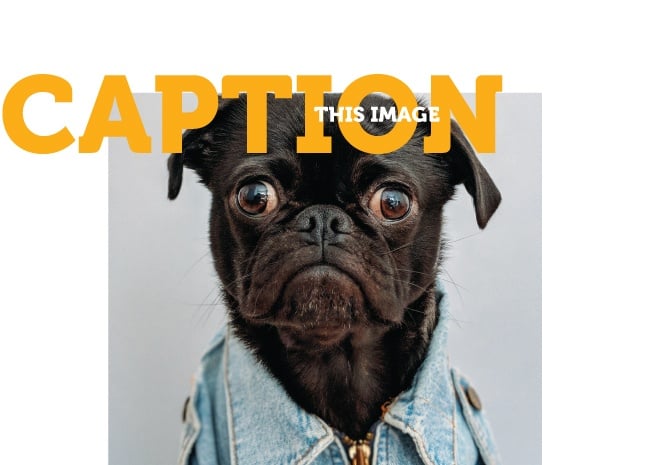
Images with misleading captions will only drive your bounce rate rapidly higher, sending poor signals to Google’s search engine that your content is not a suitable match.
Furthermore, captions help make your content more engaging and easier to understand for readers. According to KissMetrics, captions under images are read, on average, 300% more than the body copy itself.
Leaving captions blank is a missed opportunity in terms of SEO and user experience.
6. Utilize the “Alt Text” to maximize accessibility
Often ignored, the alternative text field provides users unable to access the image a description of the content of your image.
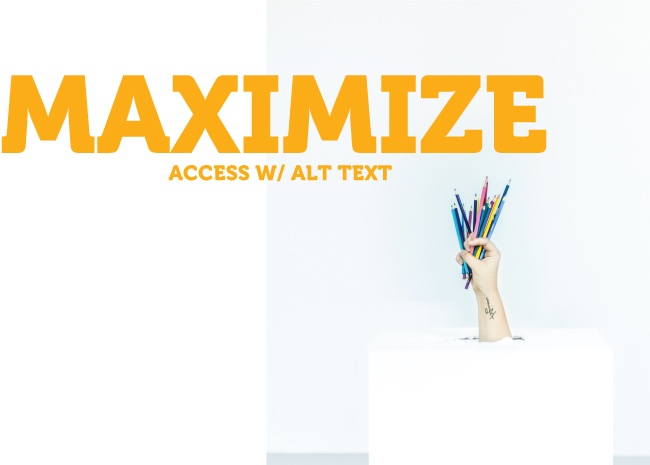
Rendering your images in text facilitates use by interpreters for the blind, health care attendants, and others performing valuable service roles to the physically challenged. Accurately filling out your alt text provides another way to help users digest and understand your content.
These descriptions also serve to enrich the relevance of your content and can raise your profile with search engines by helping web crawlers better understand your images.
Similar to captions, alternative text provides an opportunity to boost your content in regards to user experience and search optimization.
Conclusion
Climbing to the top of the search results can be hard work, but well worth the efforts when you start to see the returns in terms of organic traffic.
In order to succeed, you need to do everything you can to help your website rank, and image optimization can be the extra spark your site needs to outrank the competition. At the very least, you need to follow these basic steps to ensure your images are optimized for user experience and search.


